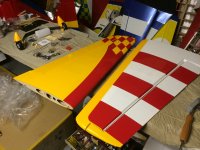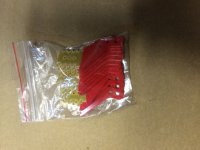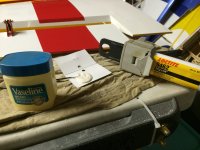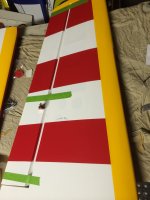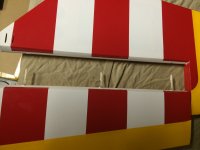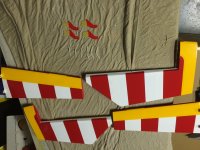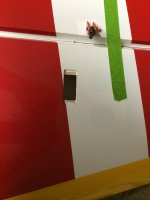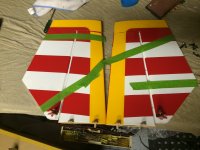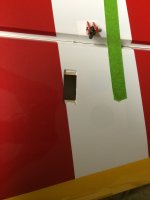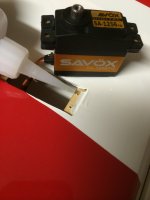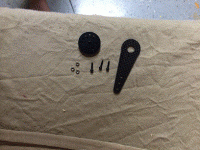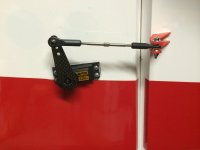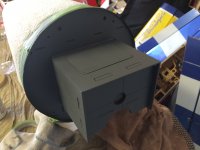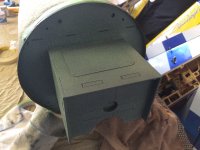GravitySux
30cc
Ok, I am going to attempt a build thread on my new 30cc Redwing RC Yak 55 that I picked up at the Austin 3D bash a while back. I will begin posting pics tomorrow evening when I get off work. Overall, my initial impressions of the quality of the plane are excellent. Everything was packaged well and the box was made out of very thick cardboard to protect the contents from damage in shipping. Upon unboxing the contents, I found everything packaged neatly and separated into its own package according to the build process; wing control horns ,ball links, and rods were in one bag as well as bolts for the main gear, all items to complete the stabs, rudder etc. The covering was nearly flawless except for the expected wrinkles which only took a bout 5 minutes with an Iron to straighten out. The fiberglass cowling, canopy and wheel spats are a work of art and match the colors on the plane perfectly. Included in the box were a carbon main gear and tail wheel, carbon wing and stab tubes and carbon control horns. I will be installing Savox 1256 servos an all fight surfaces and a DLE 35ra up front. All of the hardware appears to be top quality and I see no reason to substitute for anything else at this point. Stay tuned.......... opcorn:
opcorn:

